
DSEI 2015
The PDT Team walked the halls of the Defence & Security Equipment International (DSEI) 2015 show in London. Featuring over 1,500 international exhibitors, DSEI highlights the latest systems in the defence and security industry.
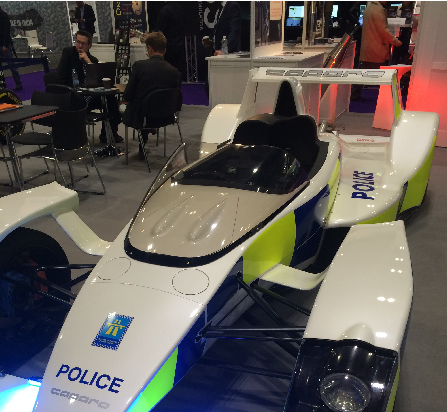
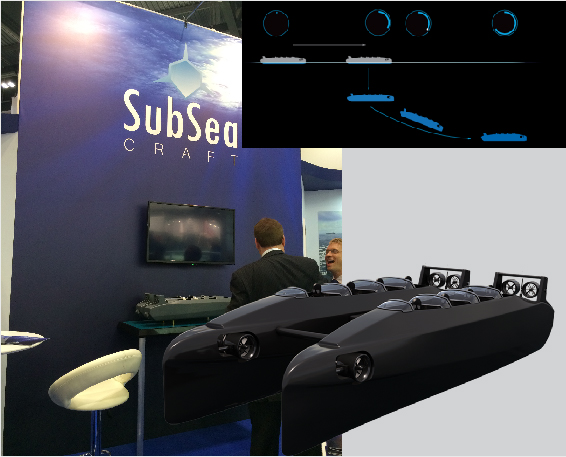
Transportation


Caparo T1 Police Car:
Arguably a top performance car, this squad vehicle is being used by officers to warn drivers about the dangers of speeding
Driver Delivery Unit (DDU):
The 'next evolutionary step' in surface/submersible watercraft, this modular craft offers mission-specific capability on and under the surface
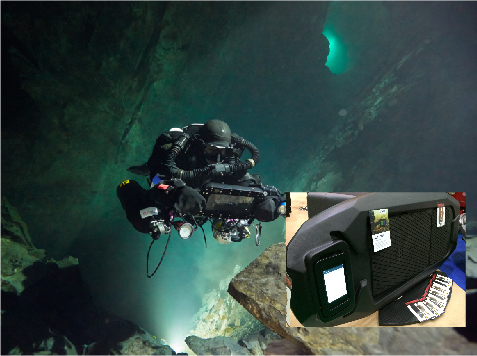
Getting people and supplies from here to there can be challenging in situations that present hurdles like water, rough terrain and battlegrounds. Whether for their practicality, simplicity, or outright wow factor, our team was inspired by the myriad transportation solutions at DSEI. While designed to address the needs of soldiers, first responders, tactical teams and law enforcement, many have the capacity to inspire or drive future technologies and solutions that may alter civilian life as well.

Alleco's Alltab:
The first fully functional underwater tablet computer
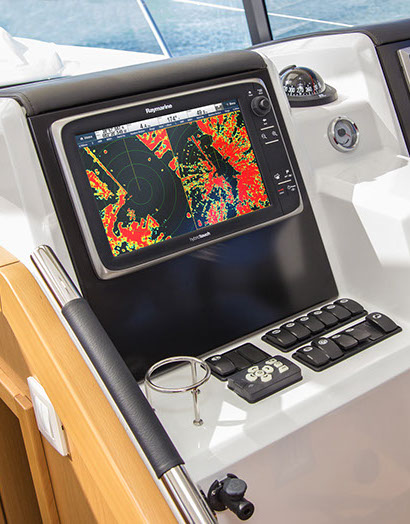

Raymarine:
High performance multifunctional marine displays, combining advanced aerospace guidance technology with Raymarine's marine autopilot expertise to deliver a new level of accurate autopilot control
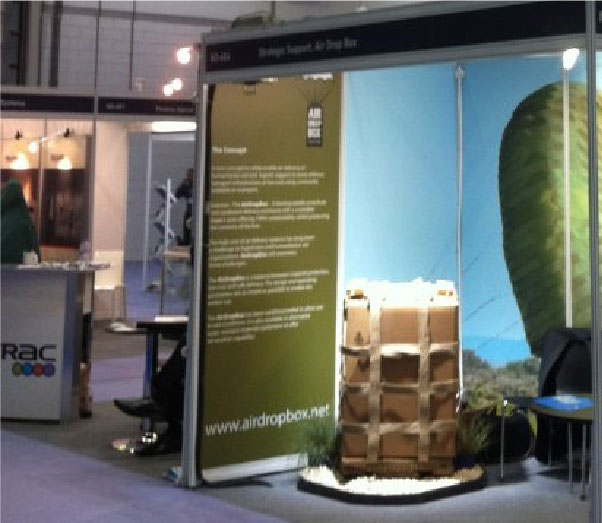

Air Drop Box:
Still in concept development, this military and humanitarian air delivery system is 98.5% biodegradable
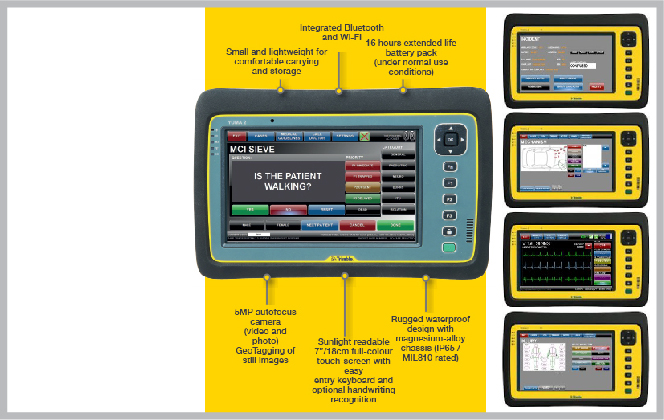
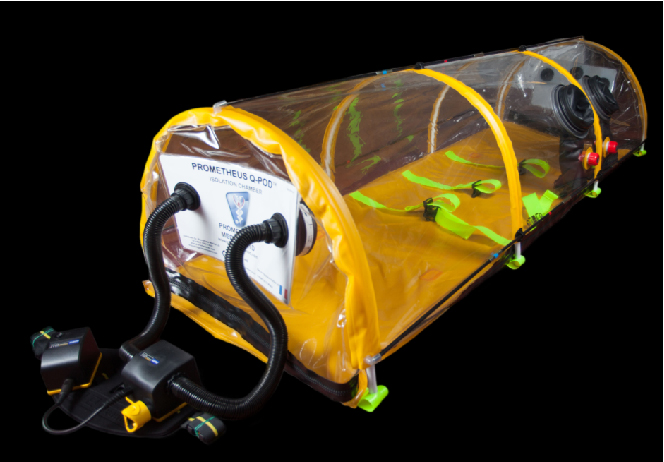
With the recent Ebola outbreak, we were reminded of the wars fought against illness and disease around the world. Containing the virus (and other potential outbreaks) was top of mind for national security globally and required solutions to best fight, contain and protect those fighting these battles.
Additionally, the Internet of Things continues to proliferate into technologies for every industry. Security concerns, connectivity, reliability and ease of use can sometimes affect life or death situations, necessitating solutions be created based on deep knowledge of challenges, smart design and appropriate technologies.
Medical


Prometheus Q-Pod®:
An isolation system for transporting a suspected infectious patient requiring monitoring
Safe Triage Pro:
Designed by civilian and military
paramedics for medics to enable robust
real time patient and incident data capture
on a portable tablet, this system transmits encrypted data via network to a secure
web based information portal
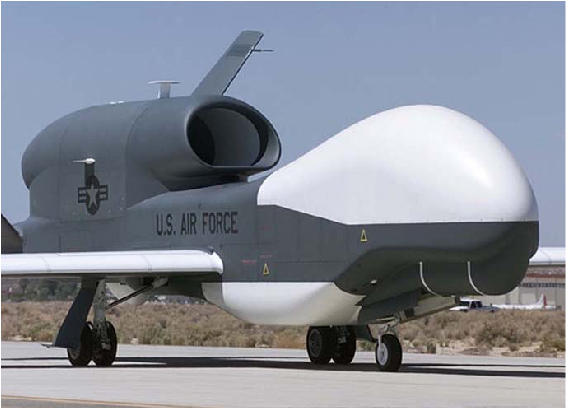
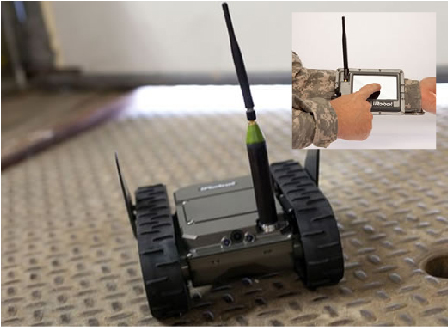
Unmanned Vehicles


iRobot 110:
Prototype of the small, light and throwable robot provides ground support with surveillance and investigation while controlled through a wrist wearable
RQ-4 Global Hawk:
An unmanned surveillance aircraft by Northrop Grumman
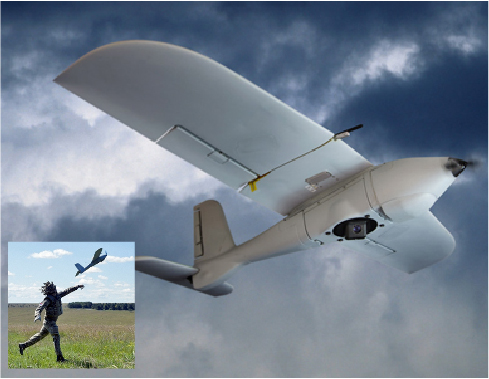
Unmanned vehicles have come a long way since the aerial versions were originally used for target practice for military personnel. They range in size from iRobot’s 5 pound ‘tossable’ 110 FirstLook to Northrop Grumman’s Global Hawk, a 32,250-lb unmanned aircraft featuring a 130.9-ft wingspan and a payload of 3000 lb. They are serving growing range of missions, from combat missions to reconnaissance, and in just about every type of military theater- underwater, in the air, and over rugged terrain.

Desert Hawk III:
This unmanned aircraft system is designed for portability, is hand launched, and is capable of target detection, range, endurance and covert operations
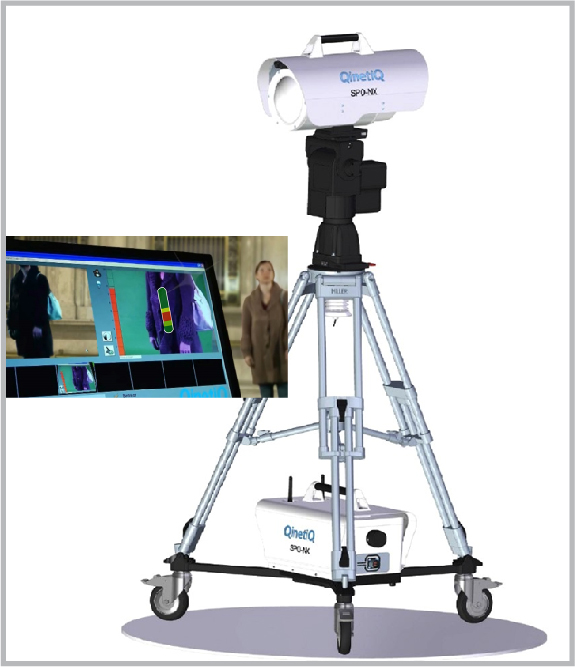
Attention is focused on graphical user interface advancements as manufacturers design housings to last as long as a decade. Software and interfaces are being designed to be continually updated, saving development costs and making product maps extend for long durations. Beyond just screen interfaces, technologies are pushing user experience improvements, including essentially eliminating interaction with the physical devices.
User Experience

Qinetiq's SPO-NX:
This device scans people as far away as 50 feet with SPO-7R tech, already being used by TSA


Ultra Electronics:
Ultra Electronics boasted improvements to Graphical User Interfaces
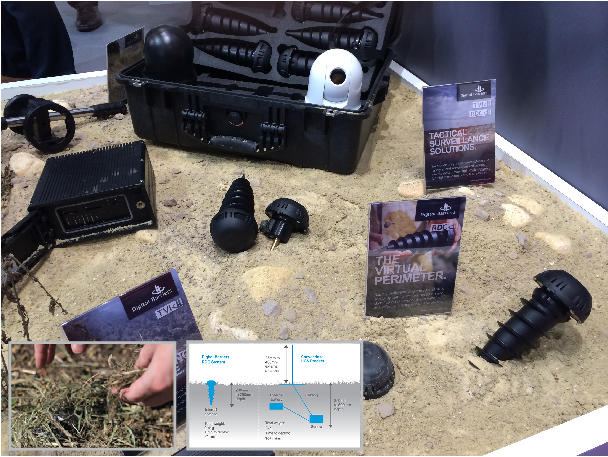
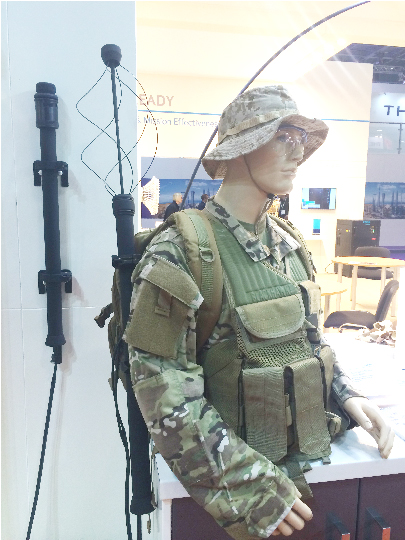


Antenna
Digital Barriers:
This unattended ground sensor system for perimeter surveillance runs for 6 months on a single battery.
Cobham:
The lightweight glass fibre mast is easily carried and deployed by the foot soldier.
Rapid deployment and simplicity in use was a focus in antenna technologies; for example, Cobham's mast incorporates interesting twist mechanisms and cables to make set up and tear down quick and easy, while Digital Barriers' ground sensors just require soldiers to screw them into the ground and the self-forming network activates.
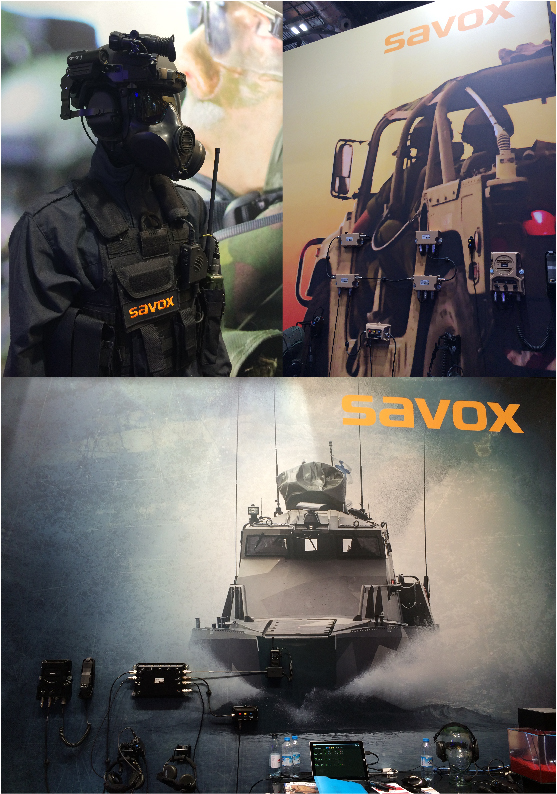
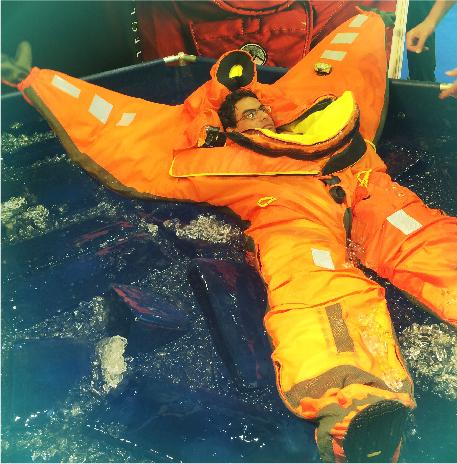
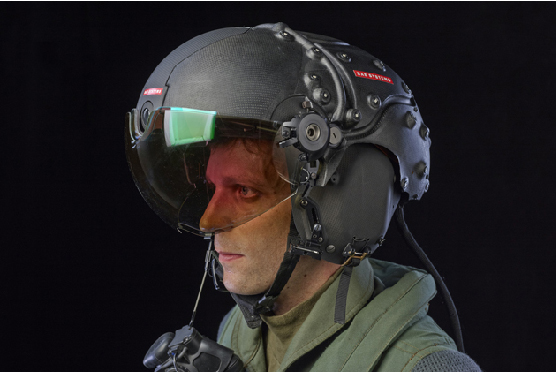
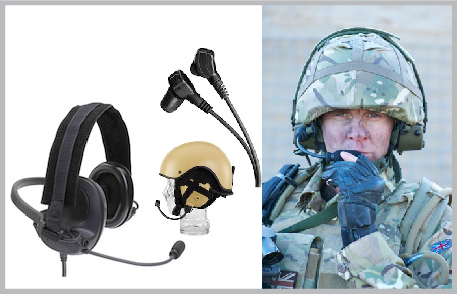
Wearable Tech
New materials, fabrics and technologies are shaping the future of wearable tech for the military. With an emphasis on ease of use, manufacturers are trying to make solutions lighter and more familiar to those using them. Wearables are aiming to address a range of needs- from connectivity, to information delivery, to augmenting reality and enhancing senses.




BAE Systems:
A new generation helmet-mounted display system integrating night-vision technology
Esterline's Racal Acoustics:
Headsets, handsets and press-to-talk systems tailored specifically to exact end-user applications
Mustang Survival Dry Suit:
Incredible fabric technology that is saving lives
SAVOX Communications:
DSEI 2015 marked the launch of both the THOR Combat Headgear System, integrating ballistic protection, communications, hearing protection and night vision, and the IMP-CH compact intercom C3I solutions onto the European market
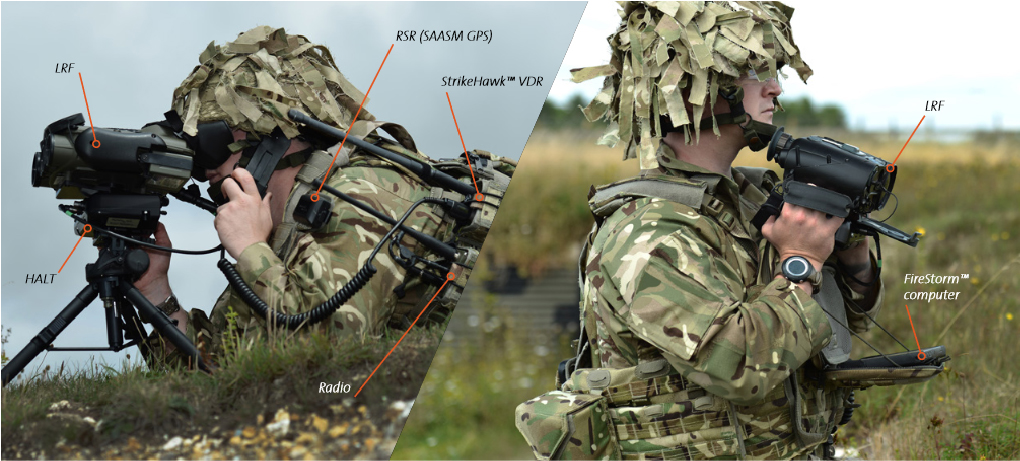

Rockwell Collins' FireStorm™:
This integrated targeting system is keeping pace with the challenges of evolving battlefields with sophisticated ground targeting technology while simplifying military data links

PDT is a global, award-winning product design and development firm. Our team is experienced in industries ranging from medical to defense, consumer electronics and aerospace.
